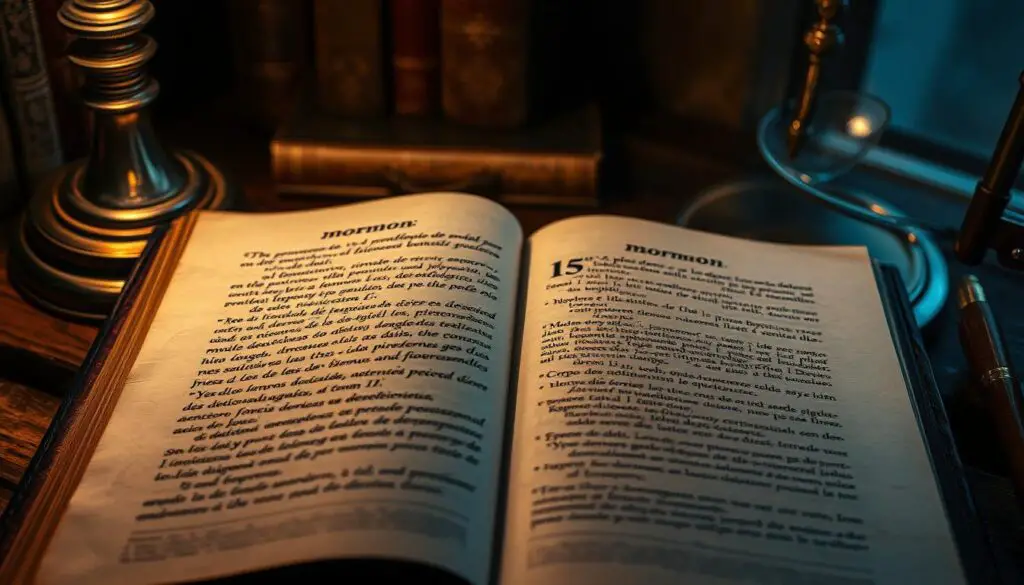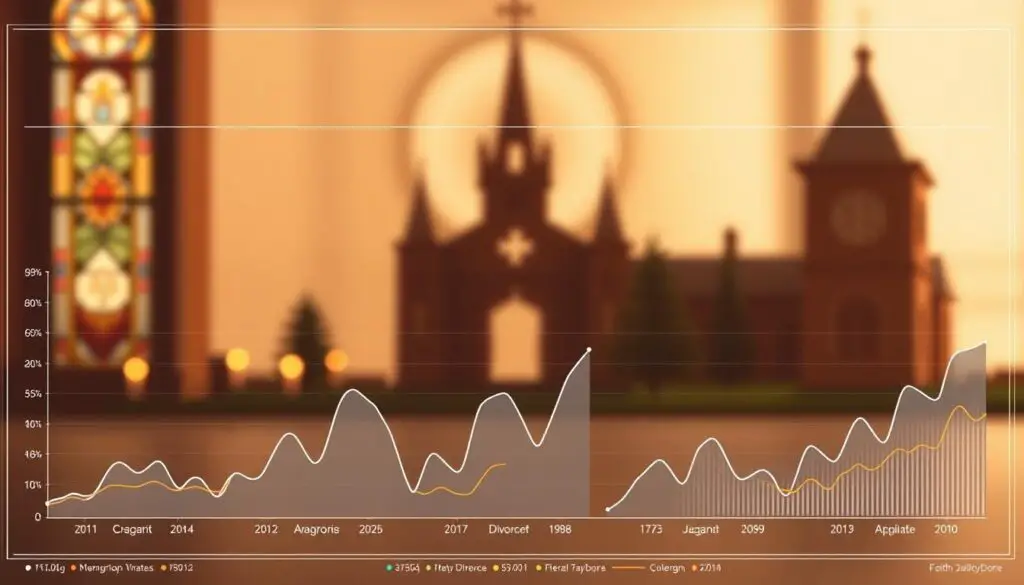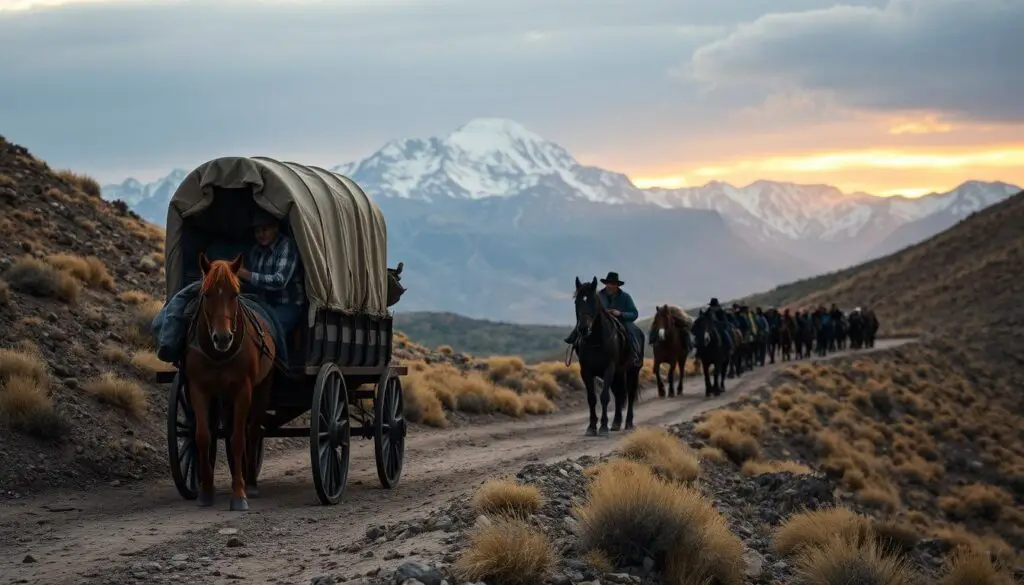Imagine scrolling through your feed and stumbling on a video of someone crafting homemade bubble gum from scratch—while discussing family values. This is the world of faith-driven creators reshaping social media. Figures like Nara Smith have turned everyday moments into viral content, merging home-cooked creativity with a celebration of family-focused living.
What makes these personalities stand out? They weave traditional principles into relatable, modern content. Think DIY projects with kids, tips for balancing work and parenting, or heartfelt reflections on community. Their authenticity resonates because it’s not polished—it’s real life, shared with purpose.
Platforms like Instagram and TikTok let them spotlight both the ordinary and extraordinary. A Sunday dinner becomes a lesson in connection. A mom’s quick breakfast hack turns into a conversation about nurturing creativity. It’s this mix of practical and inspiring that draws millions of followers.
Behind the scenes, their content often reflects deeper roots. Family traditions, faith, and simplicity aren’t just themes—they’re the foundation. As we explore their stories, you’ll see how they turn daily routines into something extraordinary.
Key Takeaways
- A new wave of creators is gaining traction by blending family values with trendy content.
- Authenticity and relatability drive their connection with audiences.
- Everyday activities, like cooking or parenting, become engaging storytelling opportunities.
- Social media serves as a platform to celebrate creativity and meaningful moments.
- Their work subtly highlights the balance between modern life and timeless traditions.
Spotlight on mormon influencers on Social Media
Social media feeds are filled with fleeting fads, but a few accounts stand out by staying true to their roots. Creators like Nara Smith and Shea McGee have turned ordinary moments into viral sensations. Their secret? A mix of personal storytelling and values that resonate across generations.
Profiles and Personal Stories
Nara Smith’s journey began with simple cooking videos featuring her family. Now, her homemade recipes spark conversations about intentional living. Similarly, Shea McGee transformed her passion for design into a brand celebrating warm, family-centered spaces. Both women credit their upbringing for shaping their content’s heart.
Rise to Internet Fame
As NPR noted, Smith’s approach—like making bubble gum from scratch—catches attention because it’s unfiltered. Followers don’t just watch; they feel part of her world. This authenticity helped her gain over 4 million fans. McGee’s design firm, Studio McGee, now partners with major retailers, proving tradition can thrive online.
Unique Content Strategies
These creators blend old and new. Sunday dinners become lessons in gratitude. DIY projects teach patience. Even church teachings subtly shape their messaging. As one fan shared, “It’s not just pretty pictures—it’s a lifestyle that feels reachable.” Supportive spouses often appear off-camera, adding depth to their stories without oversharing.
Embracing Lifestyle and Cultural Traditions
What happens when vintage values meet viral trends? For many content creators, family rituals and homemaking skills aren’t just routines—they’re storytelling gold. These women craft posts that turn baking sessions into lessons about patience or transform playroom chaos into celebrations of childhood curiosity.

Family, Home, and Content Creation
Take morning routines, for example. One mom’s video series shows her kids helping prepare breakfast while discussing teamwork. Another shares how she repurposes heirloom quilts as nursery decor. Every frame reinforces connection—not perfection. Viewers see mismatched socks, spilled cereal, and genuine laughter.
This approach mirrors church teachings about unity and service. While beliefs aren’t explicitly mentioned, subtle nods appear. Think gratitude journals shared during holiday content or charity projects filmed with little ones. It’s tradition repackaged for the scroll-and-swipe era.
The Trad Wife Aesthetic Experience
Nostalgia drives the “trad wife” trend, but modern twists keep it fresh. A creator might pair homemade bread recipes with time-saving kitchen hacks. Others blend vintage aprons with smart home devices. Followers get practical inspiration that honors the past without ignoring today’s realities.
| Aspect | Traditional Element | Modern Twist |
|---|---|---|
| Family Activities | Board game nights | DIY TikTok challenges |
| Meal Prep | Handwritten recipes | Meal-planning apps |
| Home Design | Antique furniture | Eco-friendly smart lighting |
Visuals play a key role here. Warm lighting highlights handmade crafts, while crisp editing keeps pacing lively. The result? Content that feels both comforting and current—a balance that keeps millions coming back.
Impact of LDS Culture on Social Media Trends
In a world where algorithms favor controversy, some creators thrive by anchoring their content in timeless principles. Their posts reflect a quiet revolution—one where faith traditions shape digital storytelling without preaching. This unique blend resonates because it feels both familiar and refreshingly intentional.
Religious Influences in Everyday Life
Church teachings often appear in subtle ways. A mom might film her kids planting a garden while discussing stewardship. Another shares her family’s weekly service project without mentioning its spiritual roots. As NPR reports, these creators “show values through action, not lectures.”
Interviews reveal how decisions—from meal planning to screen time limits—are guided by community ideals. One content maker told RNS, “Our faith isn’t a hashtag. It’s the rhythm of our home.” This approach builds trust with audiences seeking substance over spectacle.
Balancing Privacy with Authenticity
Sharing family life online requires careful boundaries. Many avoid showing kids’ faces or intimate moments. Instead, they focus on hands kneading bread or laughter around a table. It’s real life, edited for safety.
Studies highlight this tension. A 2023 analysis found that 68% of faith-based creators limit personal details to protect loved ones. Yet their content still feels genuine. As one follower commented, “They don’t overshare, but you still see their heart.”
| Traditional Value | Social Media Expression | Purpose |
|---|---|---|
| Family First | Collaborative cooking videos | Teach teamwork & tradition |
| Homemaking | DIY home organization guides | Celebrate purposeful living |
| Service | Charity fundraisers with followers | Encourage community action |
Cultural heritage remains their compass, even as platforms evolve. By blending old wisdom with new tools, these creators prove that quiet values can make loud impacts online.
Conclusion
In a digital age craving authenticity, a unique group of creators proves tradition and innovation aren’t opposites. Through heartfelt storytelling and homemaking hacks, they’ve reshaped how family values connect with modern audiences. NPR and RNS highlight their quiet strength—showing faith through action rather than words.
These women balance privacy with openness, sharing snippets of family life while protecting sacred moments. Homemade meals become lessons in gratitude. DIY projects teach patience. Their content mirrors church teachings about community without feeling preachy.
Looking ahead, this blend of heritage and digital savvy will likely inspire more families to share their stories. As platforms evolve, the work of balancing tradition with trends grows vital. What began as simple cooking videos could spark renewed interest in intentional living worldwide.
For those curious about faith-rooted creativity, these accounts offer a welcoming window. They remind us that even in our fast-paced world, timeless principles still resonate—one heartfelt post at a time.
FAQ
How do LDS influencers balance family life with content creation?
Many prioritize structured schedules, involving their families in creative processes. They often share wholesome activities, home projects, or faith-based traditions that align with their values while maintaining boundaries to protect privacy.
What role does faith play in shaping their social media content?
Religious beliefs deeply influence their messaging, from highlighting modesty and service to celebrating cultural practices like Family Home Evening. Their content often reflects uplifting, family-centered themes rooted in LDS teachings.
Why has the "trad wife" aesthetic gained popularity among these creators?
This trend resonates with audiences seeking simplicity and nostalgia. Creators blend homemaking skills, vintage fashion, and intentional living—showcasing baking, gardening, or parenting tips through a lens of purposeful, faith-aligned homemaking.
How do they maintain authenticity while sharing personal lives online?
Most set clear limits on what they share, focusing on relatable moments rather than perfection. They emphasize genuine connections, often discussing challenges like parenting or balancing work to foster trust with followers.
What strategies help LDS creators grow their online presence?
Consistency, niche focus (like DIY or motherhood), and leveraging visual platforms like Instagram or TikTok are key. Many collaborate with brands that align with their values, ensuring partnerships feel organic to their audience.
How does LDS culture impact broader social media trends?
Their emphasis on community, clean living, and family-first content has inspired wider audiences. Trends like modest fashion revivals or wholesome challenge videos often trace back to LDS creators pioneering these spaces.








